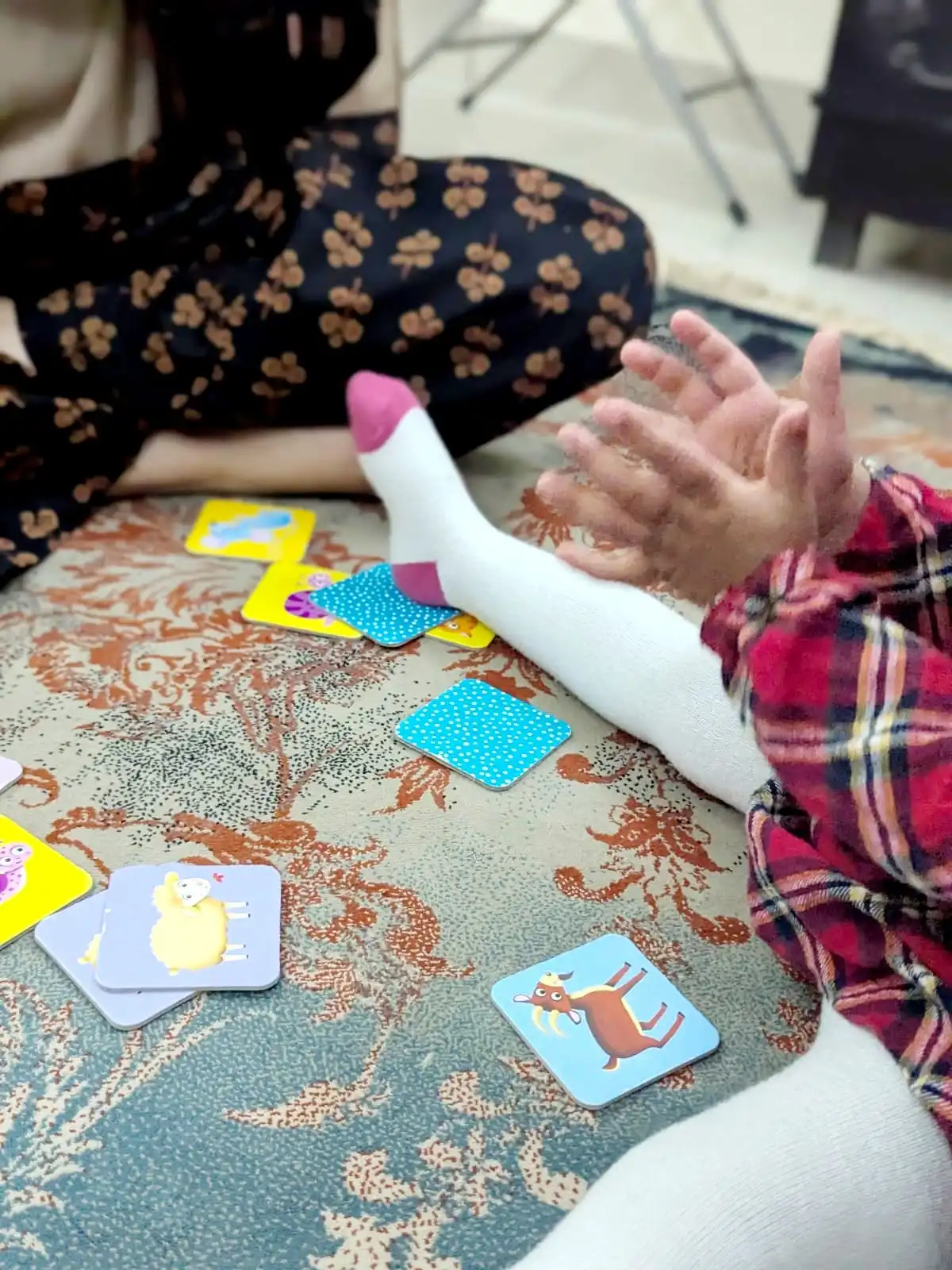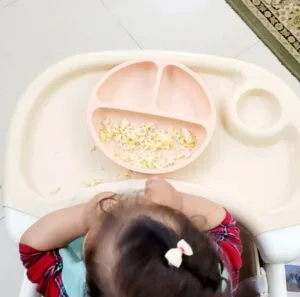by Yasha Humayun
Growing up, I always wanted to feel deeply connected; to nature, to my parents and to my friends. As a teengaer, I had a few close friends as I couldn’t bond with peers who only engaged in small talk. Somehow, surface level connections never clicked with me.
Eventually, fate worked in a manner such that for university, I chose a field that I believe only gives fruit through connection.
What my 3 years of experience as a school-based SLP has done for my growth and learning, is what previous practice in clinic-based settings had somehow failed to do. It showed me that connection is more vital than communication. Not just this, but that connection actually paves way for meaningful communication above all else.
When I first joined the school that I work in, out of habit, I wanted to get to know all the children on my caseload on a deeper level. I wanted to spend time with them, find out what their personalities were like, which activities, toys and sensory modality they preferred over others. This would allow me to connect with them better. I did not rush to devise treatment goals and treatment plans. Nor did I officially begin my sessions until I had observed and dynamically assessed them in different settings within the school.
As weeks went by and therapy progressed, I realized these children wanted to be with me more than any desirable toy, object or game that I brought in the session. I remember clearly my 3-year-old client, spotting me from afar, running to me as I entered the school’s play area. Pure joy and glee shone on her face. The sight made me wonder what I had done differently.
It didn’t take much reflection to realize that I, the therapist, was the one who brought the element of fun and life in the session, not the therapy material. Not only this but that I had been myself with them too. I had been goofy, silly and cracked jokes. I would never force them to engage in a task they didn’t want to be engaged in. I treated them just how I would have wanted to be treated as a child.
Additionally, I felt that rigorously planning my speech language therapy sessions and choosing specific material to take into sessions restricted my performance. Deciding pre-hand the number of activities I wanted to do with a child, didn’t allow me to enjoy. How would that child enjoy it then?
In essence, when you’re aware of what goals you’re targeting and particularly what you wish for your client to learn, be it receptively or expressively, you can take any opportunity to transform it into an opportunity for teaching skills. It doesn’t have to be bound by the amount and variety of material or the number of activities.
One other thing that I believe made all the more of a difference was that I never withheld desirable toys and objects to use them as a reinforcer in response to desirable behaviour. Oftentimes, my activities were based around the desirable toy. It was included in the activities and not brought in later as reinforcement.
So, essentially, there was no pressure on them to perform. But when they did perform well, I made sure to reinforce them naturally, via clapping, a high-five, words of endearments, even stickers on their school water bottles that would stay on for weeks.
As a result, most of the children on my caseload receiving therapeutic intervention for language, were producing novel, more complex utterances with novel vocabulary, not just in school but at home as well.



